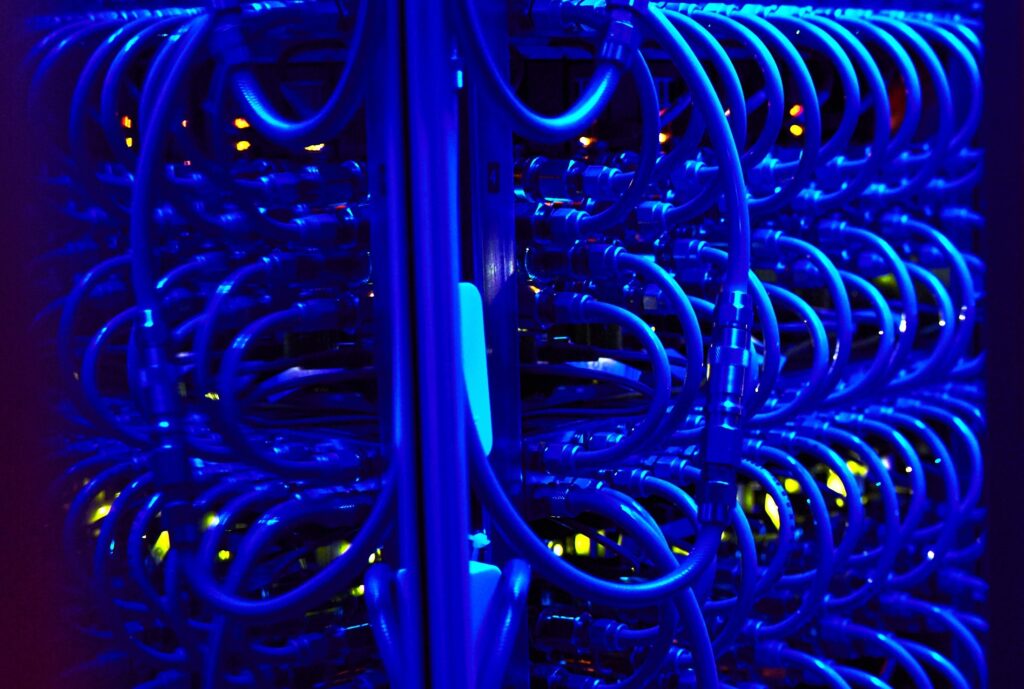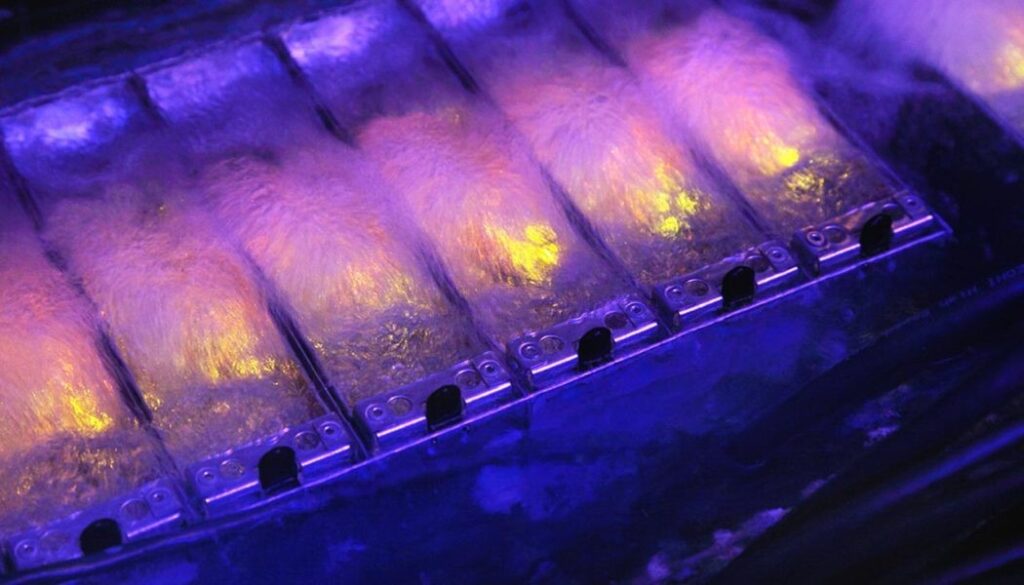Immersion Cooling for a Sustainable Future
Liquid Immersion cooling is already being deployed across a wide range of projects and are expected to become the modern standard in data centers. Liquid immersion cooled data centers are sustainable, more energy efficient, add to long-term cost savings, more reliable and scalable

Data centers currently use an estimated 3% of the world’s electricity. The reliance on energy for growth is the same issue globally with the rise of global use of renewable energy. Nascent technology is also consuming more and more power. Growth will continue exponentially in line with market growth (Est by $US 616 Bn from 2021 to 2026, CAGR growth of 21.98% – Source – Yahoo Finance).
The demand for more sustainable data centers is obviously driving data centers to explore alternative designs turning to liquid immersion cooling to reduce power consumption. The two main elements are power use and sustainability.
Vizion and what we do

Immersion cooling systems of all sizes. From home products to industrial scale modular systems. End to end solutions from bespoke design to finished installed systems.


The Real Problem is a massive increase in computing demands:
With the Advent of new technologies:
- Metaverse and Blockchain
- Artificial Intelligence
- Proof of Work Blockchain
- Internet of Things
- 5G mobile networks
The Vizion
- Long Term Financial benefit
- Increased useful life of equipment
- Energy Efficiency
- Lower Capex than air cooling
- Safer working environment
- Standardised equipment
What others are saying
The global data center liquid cooling market is expected to grow from $ 2.12 billion in 2021 to $ 2.67 billion in 2022 at a compound annual growth rate (CAGR) of 26.2%. The data center liquid cooling market is expected to reach $ 6.20 billion in 2026 at a CAGR of 23.4%.
North America was the largest region in the data center liquid cooling market in 2021. Asia-Pacific is expected to be the fastest-growing region in the forecast period. The regions covered in the data center liquid cooling market report are Asia-Pacific, Western Europe, Eastern Europe, North America, South America, Middle East and Africa.
The increasing number of data centers and server density is expected to propel the growth of the data center liquid cooling market going forward. Data centers have become an integral part of business operations in enterprises due to their number of advantages in supporting the business in various aspects such as computation, data storage, network, business applications, and other functions for the smooth functioning of business operations. Due to these advantages, there is an increase in the number of data centers and server density, ultimately raising the demand for liquid cooling systems.
For instance, in September 2021, according to an article published by phoenixNAP, a US-based company offering progressive Infrastructure-as-a-Service solutions, technologies such as cloud services, virtualization and containerization, artificial intelligence (AI), machine learning (ML), Internet of Things (IoT), blockchains, and edge computing require high processing power and high-density racks exceeding the traditional 2 to 5kW average.
With this increased demand for compute-intensive workloads, the average server density in enterprises and on-premises data centers has increased from 7.3 kW per rack in 2019 to 8.4 kW per rack in 2021. Therefore, the increasing number of data centers and server density are driving the growth of the data center liquid cooling market.
Technological advancement is the key trend gaining popularity in the data center liquid cooling market. The demand for power in data centers is insatiable. They require massive amounts of energy to run and cool their facilities. Recent advancements have witnessed the implementation of a computer room air handler (CRAH), which combines air and liquid cooling in the process. This design allows a data center to preserve temperature, air distribution, and humidity in data centers.
Major companies operating in the data center liquid cooling market are focused on developing advanced and better solutions to strengthen their market position.
